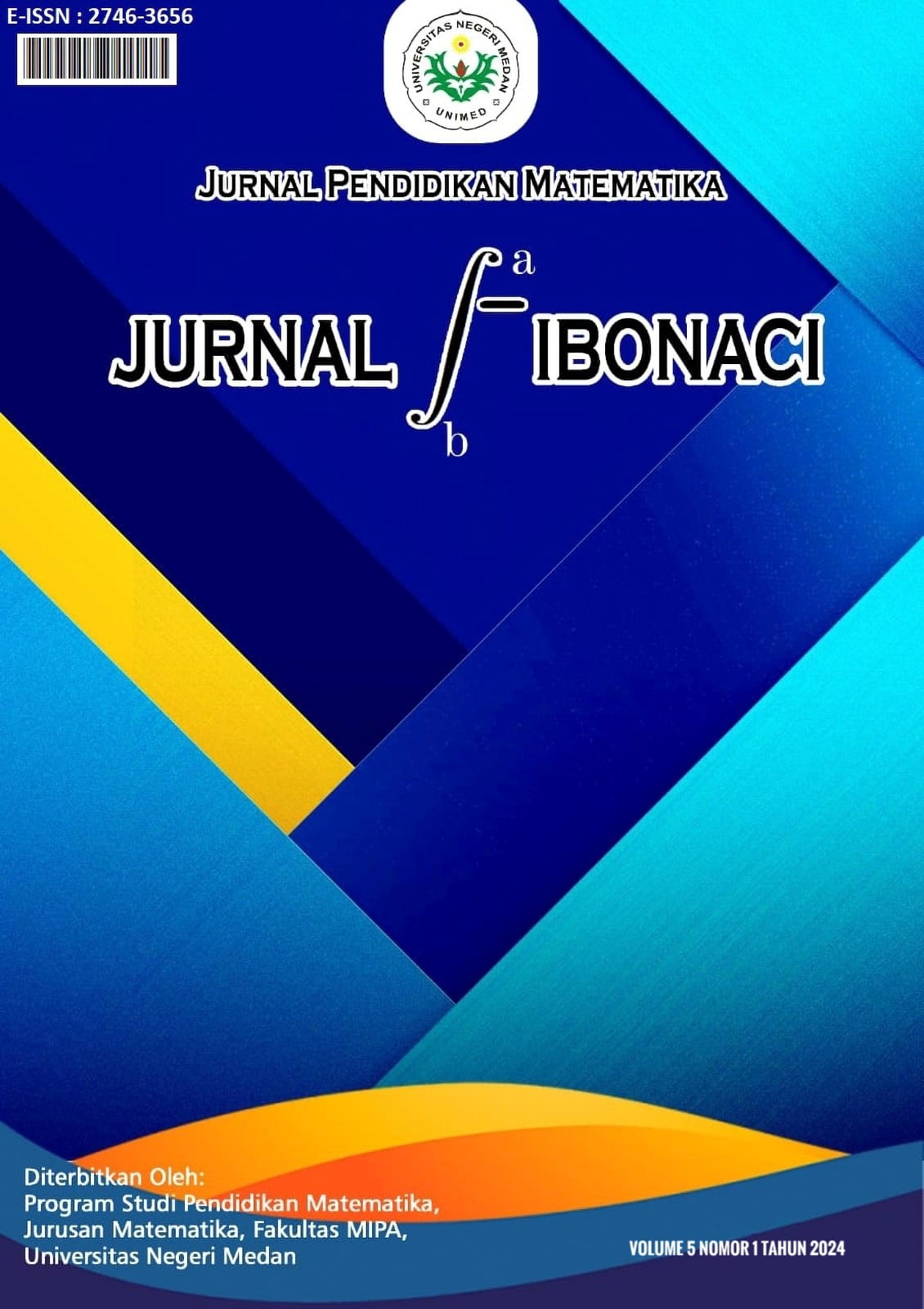Analisis Ancova pada Pembelajaran SMART dengan Scaffolding Terhadap Posisi dan Pemahaman Konsep Matematis
DOI:
https://doi.org/10.24114/jfi.v5i1.58044Abstract
Berdasarkan studi pendahuluan, diperoleh bahwa 84% siswa masih rendah dalam penguasaan konsep matematika. Tujuan penelitian ini yaitu menganalisis bagaimana model pembelajaran yang berbeda, yang digunakan pada kelas eksperimen dan kontrol, dapat berpengaruh terhadap pemahaman konsep matematika siswa, dengan mempertimbangkan kecenderungan matematika mereka. Metode penelitian ini yaitu metode kuantitatif dengan desain penelitian eksperimen semu pada populasi siswa Kelas VIII SMP Negeri 4 Mesuji. Pemilihan sampel dilakukan dengan menggunakan teknik cluster random sampling. Metode pengumpulan data meliputi tes pemahaman konsep dan angket disposisi matematika. Analisis data menggunakan analisis varian satu arah dengan tingkat signifikansi 5%. Kesimpulannya adalah model pembelajaran SMART yang didukung teknologi scaffolding secara signifikan meningkatkan pemahaman konsep matematika siswa dengan tetap memperhatikan kecenderungan matematikanya.Downloads
Published
2024-06-21
Issue
Section
Articles
License
Copyright (c) 2024 Jurnal Fibonaci: Jurnal Pendidikan Matematika

This work is licensed under a Creative Commons Attribution-NonCommercial-ShareAlike 4.0 International License.
Authors who publish articles in this journal agree to the following terms:
- Authors retain copyright of the article and grant the journal right of first publication with the work simultaneously licensed under a CC-BY-SA or The Creative Commons Attribution–ShareAlike License.
- Authors are able to enter into separate, additional contractual arrangements for the non-exclusive distribution of the journal's published version of the work (e.g., post it to an institutional repository or publish it in a book), with an acknowledgment of its initial publication in this journal.
- Authors are permitted and encouraged to post their work online (e.g., in institutional repositories or on their website) prior to and during the submission process, as it can lead to productive exchanges, as well as earlier and greater citation of published work (See The Effect of Open Access).



